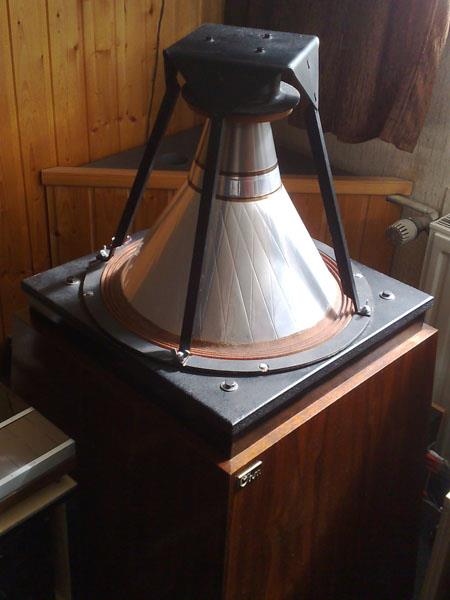Most of the music we hear originates in a recording studio. Yes, some of us are lucky enough to attend live performances, whether they are classical, cabaret, rock or other musical genres. Sure, there are recordings made of live performances. But, by and large, what we hear in our cars and in our homes had its beginnings in a studio. And that is true whether we listen to it streamed, on black vinyl, digitized into ones and zeroes on shiny plastic, and even for the few who still listen to “shellac” 78s.
In fact, the studios themselves have, in some cases, become as famous as the artists who worked inside. In their heydays, RCA had Studio 8-H – where Toscanini recorded and now home to SNL – as well as facilities in Nashville, and Columbia had its 30th Street studio. Names like Electric Lady, Muscle Shoals, and, of course, Abbey Road became iconic in the rock world.
So, it seems appropriate to take a look at the studios and see why we hear what we do. Many, if not most, professional mixing studios built since the 1970s have made the front end of the studio with the monitor speakers very sound absorbent, a.k.a. the dead end. Behind the listening area, the walls were made very reflective, a.k.a. the live end.
IMPO, this is usually wrong – both in the recording studio and in the home listening room.
In the Studio
You absolutely do need a mix of live and dead surfaces in any room for enjoyable music playback. An all-dead room is called an anechoic chamber. Many people find it disorienting to be in such a room, because without reflections, the ear-brain cannot determine what kind of space we are in. An all-live room is equally bad: the sound builds up as each wave bounces around until the sound becomes totally confusing and quite loud.
The theory behind the traditional live end/dead end layout is to have the engineer hear the sound coming directly from the speakers well in advance of any reflections from the room that could act as distractions. This goes against scientific research. It has been demonstrated that more detail can be heard when the early reflections are also heard (Toole, 503).
There is a caveat: the early reflections must have a signal that very much resembles the earlier direct signal. Under these conditions, our ear-brain analyzer can recognize the reflection as coming off a wall and will not be distracted while getting more information and detail about the original sound. This added information places the sound in the room with us, and is important to stereo imaging.
The 1970s’ monitors (and some today) did not have off-axis radiation that matched their direct radiation, so the ear-brain heard the reflections as a different sound from a different source – very confusing! It was better to absorb the reflections and to hear only the direct sound. Back then, bad monitors forced the design of not-so-good listening rooms. That “traditional” design continues to be found in many contemporary studios.
Today, most monitors have their drivers in vertical arrays which keep the horizontal reflections very similar to the direct sound. They do not need a dead end to fix their problems. The benefits of the early reflections can be heard. Old ideas die slowly.
And at Home
In the 1970s, speakers for homes often added tweeters to improve their dispersion. These speakers were often used horizontally. That positioning destroyed the coherence of the wave front as you moved off axis. The early reflections were unrelated to the direct sound and therefore undesirable.
Many 1970s’ speakers added extra drivers to get rid of the box sound: the popular Rectilinear III had four tweeters scattered on the face and the Bose 901 had 9 drivers with only one facing the listener. The original Ohm Walsh speakers were the only speakers in the world with perfect, 360-degree horizontal dispersion. The original Quads were similar except with a dipole pattern rather than omni-directional. It is easy to understand why these designs had such a reputation for detail and openness.

If your speakers have their drivers in vertical arrays, they may well sound better if you leave off those absorptive panels killing the first side reflections. If your system has the drivers scattered all over, the live-end / dead-end configuration may be the only solution.
If you want to hear live-end / dead-end in action, you should plan to attend the New York Audio Show On November 4-6 at the Park Lane Hotel in Manhattan. I expect some other speaker manufacturers will go down this path. We will be demonstrating some of our speakers in a more conventional home environment.
Hope to see you there, and I’ll see you back here on October 11.
Until then,
Enjoy and Good Listening! John
Toole, Floyd E. Sound Reproduction: Loudspeakers in Rooms. Burlington, MA: Focal Press, 2013.